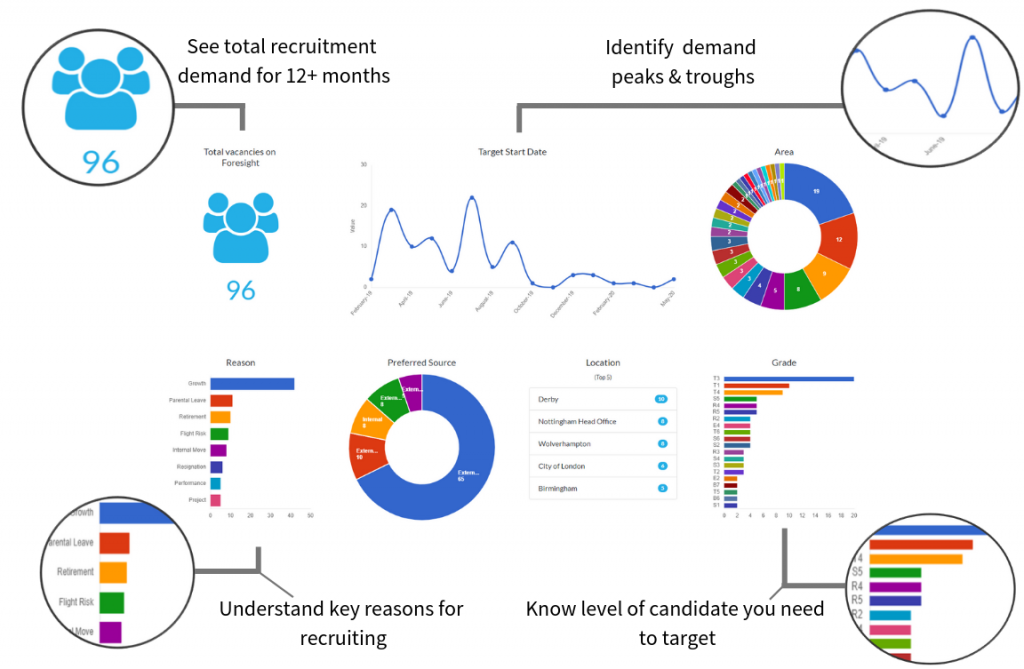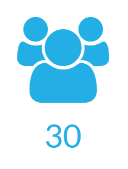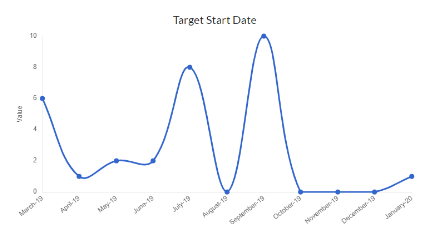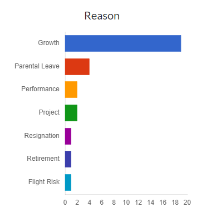
What Is The The Ultimate Resourcing Dashboard?
What Is The The Ultimate Resourcing Dashboard?
(5 minute read)
The ultimate resourcing dashboard shows you at a glance everything you need to know about your recruitment demand over the next 12-18+ months.

My Talent Acquisition Experience
In a former life I was working as a recruitment manager and later, as a head of recruitment. A constant source of anxiety was how I was going to present my future recruitment demand to my manager. Chasing recruiters for information they may or may not have and collating spreadsheets. It was a mess. Years later, my company saves managers and head of’s the headache I went through. So, I thought I’d share with you the Ultimate Resourcing Dashboard!
What Are The Four Key Elements To A Resourcing Dashboard?
The Ultimate Resourcing Dashboard needs to allow you at a glance to answer any question thrown at you. I took my years of experience in-house, combined with conversations with other recruitment pro’s, boiled this down to a few pieces of data. A combination of which can allow you to make a stunning number of decisions.
These are:
1. Total Recruitment Demand
Total demand is the sum of all the roles you’ll be hiring over a given time. We operate on a 12-18 month period. This is long enough to make strategic decisions, but short enough that the data is accurate and reliable.

By understanding the total recruitment demand, you can ensure your team is large (or small) enough to handle it. Most recruiting professionals agree that a recruiter works best with 15-20 requisitions – a dream for most recruiters. With the simple yet elusive total demand, I was able to revolutionise the quality of my hires. When my recruiters became less over-worked they were able to spend more time on each requisition and source a higher calibre of candidate. It’s a no-brainer that stressed recruiters do a worse job!
Subsequently, hiring managers received a revitalised recruitment service. So their satisfaction score went through the roof. The recruiters were bringing better candidates, sooner. Which meant fewer interviews for the hiring manager. Fewer mistakes (forgotten roles) and a better relationship between recruitment and the business.
This data is also key in securing the budget you need for the coming year. Imagine being able to sit down with the C-Suite. Whipping out a dashboard of known hiring demand for the next 12-18 months. Using this years data to arrive at the figure you need, rather than last years numbers.
This ensures your team is not left understaffed, over worked and without the tools they need to do their job.
Knowing the total demand for the coming year plays a big role in deciding what tech to invest in too. If in the short-term your recruiters are going to be at capacity with little wiggle room, they’re going to need some support.
2. Peaks & Troughs In Recruitment Demand
A graph that plots your demand by date shows you peaks and troughs. Giving you a line chart to illuminate points of high activity.

I used this data to assess team capacities, short-falls and priorities. This information is priceless. Ahead of time you can hire extra recruiters or split the workload between existing team members.
Seeing a peak in demand coming lets you start to use that recruitment marketing you’ve been hearing so much about. Warming up passive candidates months ahead. So when the time comes, you aren’t left plastering LinkedIn with, “WE ARE HIRING”, “APPLY NOW”. This data took me out of reactive recruitment forever. You can see how a simple line-chart was the difference between my requisitions bombarding my recruiters. And being able to do the things that make a slick and modern recruitment offering.
You can even plan smaller things you may not consider, such as when to let recruiters take annual leave. This may otherwise sting you if you didn’t see this peak coming. Leaving your existing recruiters over-worked and stressed.
3. Key Reasons For Recruiting
A fantastic resourcing dashboard will show you when you are recruiting, but also why. The key reasons for needing to attract candidates. We cover growth/projects, resignations, maternity/paternity and more. Concrete stuff that hiring managers will know, but still manages to creep up on you.

The data I captured allowed me to drill down and find out exactly what type of candidate each role needed. The dashboard showed me if we had a particularly high level of resignations. I could then investigate the cause. Were we hiring poor candidates? Or was there another reason for this such as bad management practices?
Visualising data allows you to communicate the resource required over the coming months. Also highlighting issues the organisation is facing. Without sifting through endless spreadsheets.
Sometimes it slips the businesses mind to tell recruitment about demand. Once, a big project was making headway. My team received a bucket-load of 30 reqs to fill and two months to do so!
With a proper resourcing dashboard, I would’ve spotted the spike. Seen the reason for recruiting was growth, and asked the question. Keeping connected to the business is what separates the wheat from the chaff. Being able to take the initiative and control my your function shows authority and professionalism.
4. Level of Candidate
I struggled and other talent acquisition leaders still struggle to answer the high level questions. But, seeing the level of candidate you will be recruiting answers many of these for you.

For example: Say you group the type of candidates you will be hiring over the next 12-18 months. This goes a long way to deciding what attraction channels you need to use. Are your recruiters skilled in those channels? Will they need training? Or experts bringing in? These things cost money, which will eat away at your budget if you didn’t account for them.
In the same vein, it goes without saying not all candidates are created equal. Some cost more to attract than others. How can you secure the budget you need to attract them, when you can’t articulate the type of candidate you’ll be hiring?
You will also be able to see if you have the right type of recruiters to do the job. With our dashboard we realised that there would be a spike in demand for tech recruiters we didn’t have. A quick look a the dashboard and we spotted this with the time to hire the right skill-set. Needless to say, we saved the company a pretty penny on the expensive last-minute agency fees.
Conclusion
To sum up, every great resourcing leader needs a vast range of data to make those big decisions. Scraps of paper and Excel spreadsheets don’t help you in those difficult times.
An Ultimate Resourcing Dashboard will make the decisions obvious. I’ve outlined the four main data points you need. When used together, they will answer any talent acquisition question thrown at you. I’m sure others will disagree. Feel free to drop them in the comment section below and I will get back to you!
Take it easy!